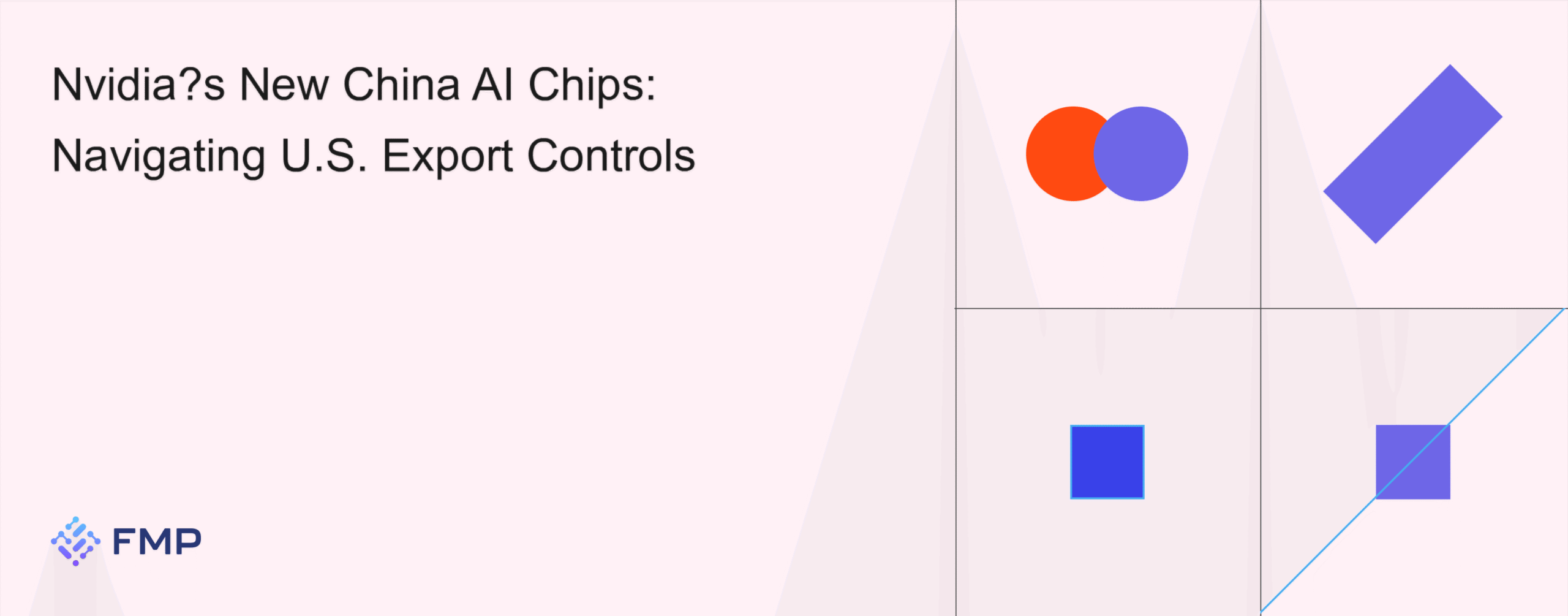Nvidia will begin shipping a downgraded AI processor to China within months—stripped of high-bandwidth memory and based on its previous-generation Hopper architecture—to comply with tightened U.S. export restrictions. A modified Blackwell chip, also without HBM, is slated to follow later in 2025, preserving Nvidia’s footprint in what still represented roughly 14 percent of its revenue last year.
What’s Changing
-
Downgraded Hopper Variant: The new China-bound chip omits HBM modules, reducing both performance and export-control sensitivity.
-
Blackwell for China: A tailored Blackwell design, likewise HBM-free, will debut in 2025—ensuring Nvidia’s latest architecture remains available under U.S. rules.
-
Customer Base Impact: Major AI players in China (Bytedance, Alibaba, Baidu) will transition from the high-end H20 to these compliant variants.
Implications for Nvidia’s China Strategy
-
Market Retention: By offering “good-enough” silicon, Nvidia aims to defend its 14 percent China revenue share—according to FMP’s Financial Growth Statement Analysis API, China-related sales were a key growth driver in 2024 (Financial Growth Statement Analysis API).
-
Competitive Dynamics: As local champions like Huawei accelerate R&D, Nvidia’s dual-tier product approach may buy time but also risks ceding share if performance gaps widen.
Tracking Nvidia’s Financial Health
Nvidia’s capacity to absorb any near-term margin hit hinges on its robust balance sheet. Per FMP’s Company Rating & Information API, NVDA maintains a AAA corporate rating and held over $40 billion in cash and equivalents as of its latest filings—underscoring its firepower to sustain tailored product lines and R&D investments (Company Rating & Information API).
Key Takeaways
-
Strategic Segmentation: Dual-tier chips ensure compliance without abandoning China’s high-growth AI market.
-
Margin Management: Expect slightly lower ASPs in China offset by Nvidia’s broader pricing power and cash reserves.
-
Watch Local Capabilities: Advancements from Huawei and others could challenge Nvidia’s interim solutions over the next 12–18 months.




